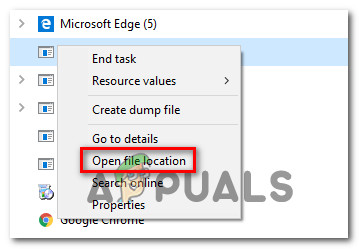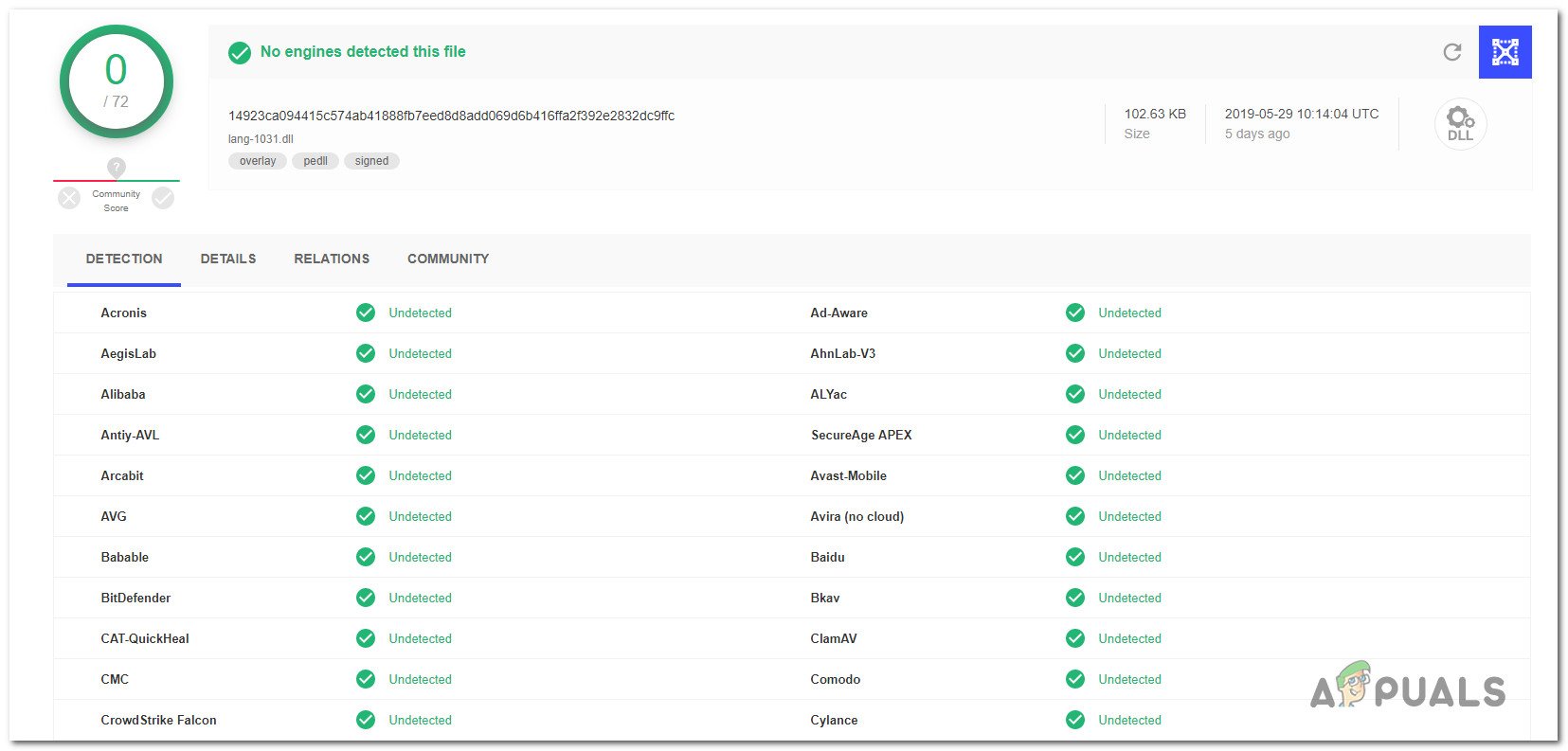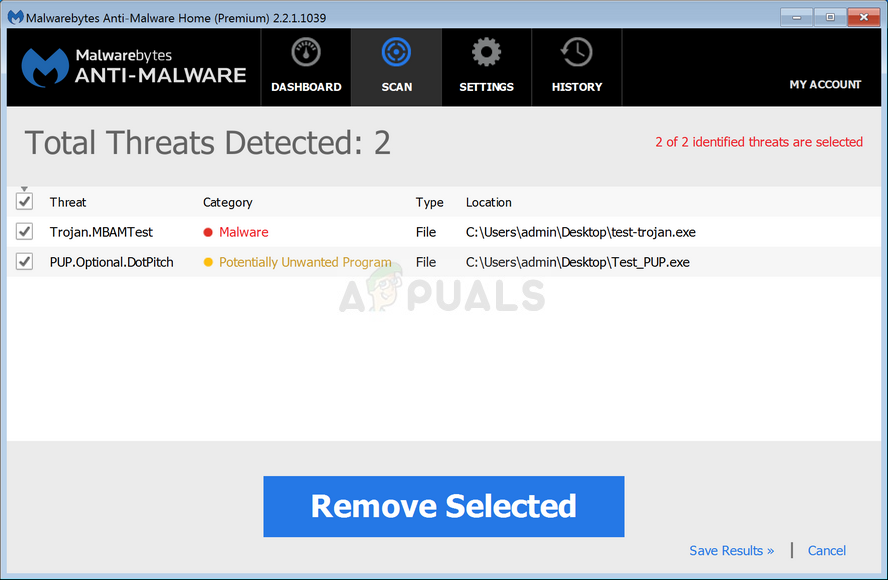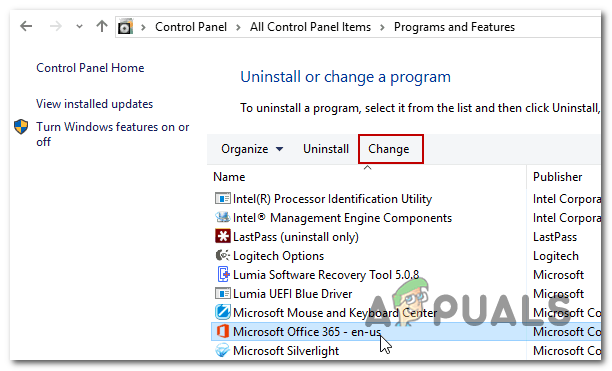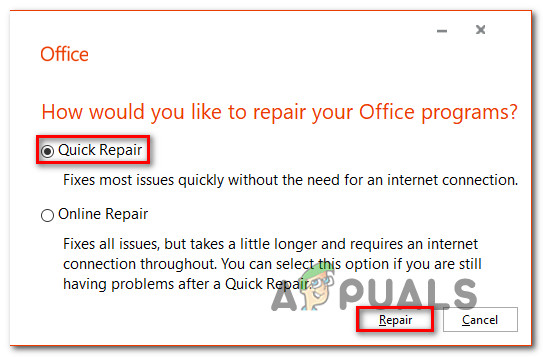What is officec2rclient.exe?
If we’re talking about the genuine officec2rclient.exe file, it’s a legitimate software component that belongs to Microsoft Office 365 ProPlus and is signed by Microsoft Corporation. In this case, the officec2rclient.exe is totally safe and most likely got installed as part of the Microsoft Office ClickToRun executable and is mainly responsible to make newer releases or updates (security & functionality related) available for every Office365 subscriber. The default installation location is “C:\Program Files\Common Files\Microsoft Shared\ClickToRun“, but users can easily choose to install it in a custom location during the initial installation. Keep in mind that this process will not be executed if the parent Office app doesn’t have the Update Now feature enabled. In case you’re wondering OfficeC2RClient stands for Microsoft Office Click-[to]-Run Client. Although it’s perfectly normal to see usage spikes of the officec2rclient.exe process in instances where the patent application is being updated, it certainly not default behavior to see it occupy lots of CPU and RAM resources at any given moment.
Is officec2rclient.exe safe?
If we’re talking about the genuine officec2rclient.exe, it certainly doesn’t pose any security threat since it’s a software component signed by Microsoft Corp. But before you dismiss this type of treat, keep in mind that nowadays most successful malware manages to avoid detection by posing as trusted processes. Since officec2rclient.exe is a perfect target for these types of malware executables, we encourage you to perform a series of investigations that will help you determine if the process that you’re looking at is genuine or not. First things first, you should start investigating the parent application. Keep in mind that unless you’re actively using a Microsoft365 subscription, there’s no reason why you should see the officec2rclient.exe inside your Task Manager. If you do see it despite not having a Microsoft365 subscription membership, the chances of dealing with malware are high. If the first investigation wasn’t that eye-opening, you should concentrate on the location of the officec2rclient.exe via Task Manager. To do this, press Ctrl + Shift + Enter to open up a Task Manager window. Once you manage to get inside Task Manager, select the processes tab from the horizontal menu, then scroll down to the list of Background processes and locate officec2rclient.exe. After you manage to locate it, right-click on it and choose Open File Location from the newly appeared context menu. If the revealed location is different than “C:\Program Files\Common Files\Microsoft Shared\ClickToRun” and you didn’t install the suite in a custom location, the chances of dealing with suspicious files are high. If you’re suspecting that you might be dealing with a virus, you should upload the officec2rclient.exe file to a virus signature database to verify if the file is indeed malicious or not. If you’re looking for an easy and efficient way to do this, we recommend VirusTotal. To do this, access this link (here) and wait for the analysis to complete. Note: If the analysis has revealed that the officec2rclient.exe file is genuine, skip the next section and move directly to the ‘Should I Remove officec2rclient.exe?’ section. However, if the VirusTotal analysis has revealed some inconsistencies, continue with the next section below for some step-by-step instructions on dealing with the virus infection.
Dealing with the security threat
If the investigations you performed above have revealed that the officec2rclient.exe process is located in a suspicious location and VirusTotal labeled it as a security suite, ti’s mandatory that you deploy a security scanner capable of identifying the virus infection and dealing with it swiftly. Keep in mind that if this scenario is true (and you’re indeed dealing with a malware that’s using cloaking to avoid detection), not all security suites will be able to detect and eliminate the threat. Since not all security suite will be able to detect and quarantine malware of this kind, you will either need to use a premium scanner or you’ll need to deploy a quality free antimalware scan. If you already pay a premium subscription for an AV product, you can initiate a scan with that, but if you’re trying to avoid spending money for a security scanner, we recommend a deep scan with Malwarebytes. This operation will allow you to remove the majority of malware products that are avoiding detection by posing as processes with enhanced privileges. If you’re unsure of how to initiate a deep scan with Malwarebytes, follow this step-by-step article (here). In case the scan managed to identify and quarantine infected items, restart your computer, then move down to the next section below and see if the officec2rclient.exe process is still appearing with high resource consumption.
Should I Remove officec2rclient.exe?
In case the previous investigations didn’t reveal and security threat or you already used a security scanner to take care of it, you can conclude that the officec2rclient executable is genuine. Once you got this far, pop up a Task Manager window (Ctrl + Shift + Esc) and see if the resource usage of the officec2rclient.exe is still high. If it’s still considerably consuming a lot of system resources even tough no Office application is being updated, you have two ways forward: You can either try to repair the parent application (Office 365) of officec2rclient.exe in the hopes that it will fix the high resource usage or you can uninstall the parent application altogether. Of course, uninstalling the suite is not applicable unless you don’t use any Microsoft Office product and can do without Word, Office, Excel and the likes (or you have a different 3rd party equivalent). If you’re are determined to do something about the high resource usage of officec2rclient.exe, move down to the final section below.
How to Repair officec2rclient.exe’s High Usage
If you performed all the verifications above to confirm that the officec2rclient.exe process is genuine but you still haven’t managed to bring the resource usage down, we’ll provide you with a couple of mitigation strategies. Several affected users have confirmed that they were able to successfully limit the CPU consumption of the officec2rclient.exe after they repaired the entire Office installation. This operation will be effective in instances where the problem is occurring due to some kind of corrupted Microsoft Office component. The first logical step of fixing this issue is to try and repair the Office installation. If that doesn’t work, uninstalling the suite will stop the high-resource usage, but you will also lose all access to your Microsoft Office apps. Here’s a quick guide on repairing the Office 365 installation to limit the resource usage of officec2rclient.exe:
What is UNCServer.exe and Should I Remove It?What is Esu.exe and should I Remove It?What is Smartwebapp.exe and should I Remove It?What Is ss3svc64.exe and Should I Remove It?

